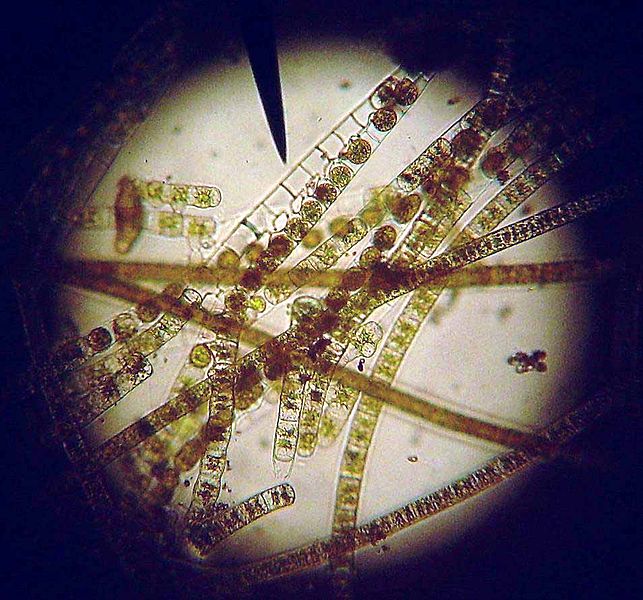- Series:God’s Design, Plants, Transcript English
Acts 14:17
“Nevertheless he left not himself without witness, in that he did good, and gave us rain from heaven, and fruitful seasons, filling our hearts with food and gladness.”
We are all familiar with the fact that plants can sense light. They depend upon light to make their living, so it’s logical that plants have been designed with the ability to sense light. If plants could move, would they be able to see?
 Green algae are classified as plants. And strangely enough, there are algae that can swim and see. To their surprise, scientists have discovered that several species of marine and freshwater algae have eyespots. Each has a patch of membrane that has about 100,000 pigment molecules. As the algae swim, they react to objects in the water very differently than algae that don’t have vision. The researchers’ greatest surprise came when they discovered that the chemical pigment responsible for algea vision is the same chemical that makes our vision work.
Green algae are classified as plants. And strangely enough, there are algae that can swim and see. To their surprise, scientists have discovered that several species of marine and freshwater algae have eyespots. Each has a patch of membrane that has about 100,000 pigment molecules. As the algae swim, they react to objects in the water very differently than algae that don’t have vision. The researchers’ greatest surprise came when they discovered that the chemical pigment responsible for algea vision is the same chemical that makes our vision work.
There is an interesting sidebar to this story. The pigment, called rhodopsin, is surprisingly similar to that in cows, in man and in the algae that can see. Researchers were surprised to find that this same chemical that makes our vision possible is also used by such a supposedly “simple” creature. This is not at all what their evolutionary theories would lead them to expect.
Our Creator is wise. When He wanted to give the ability to see to His creatures, He used the same basic principle whether He was making algae, cows or humans. The fact that He did not use a simpler method to make so-called “simpler” creatures see is yet another way in which His handiwork witnesses against evolution.
Prayer:
Lord, I thank You that all of the creation, from highest to lowest, glorifies You by witnessing to the genius of Your creating work. Help my life be to others a visible witness of the new life I have through You. Amen.
Notes:
J. A. Miller. 1984. “Eyespot for an eye: Algae and Animals share visual pigment.” Science News, Nov. 10, p. 295.
